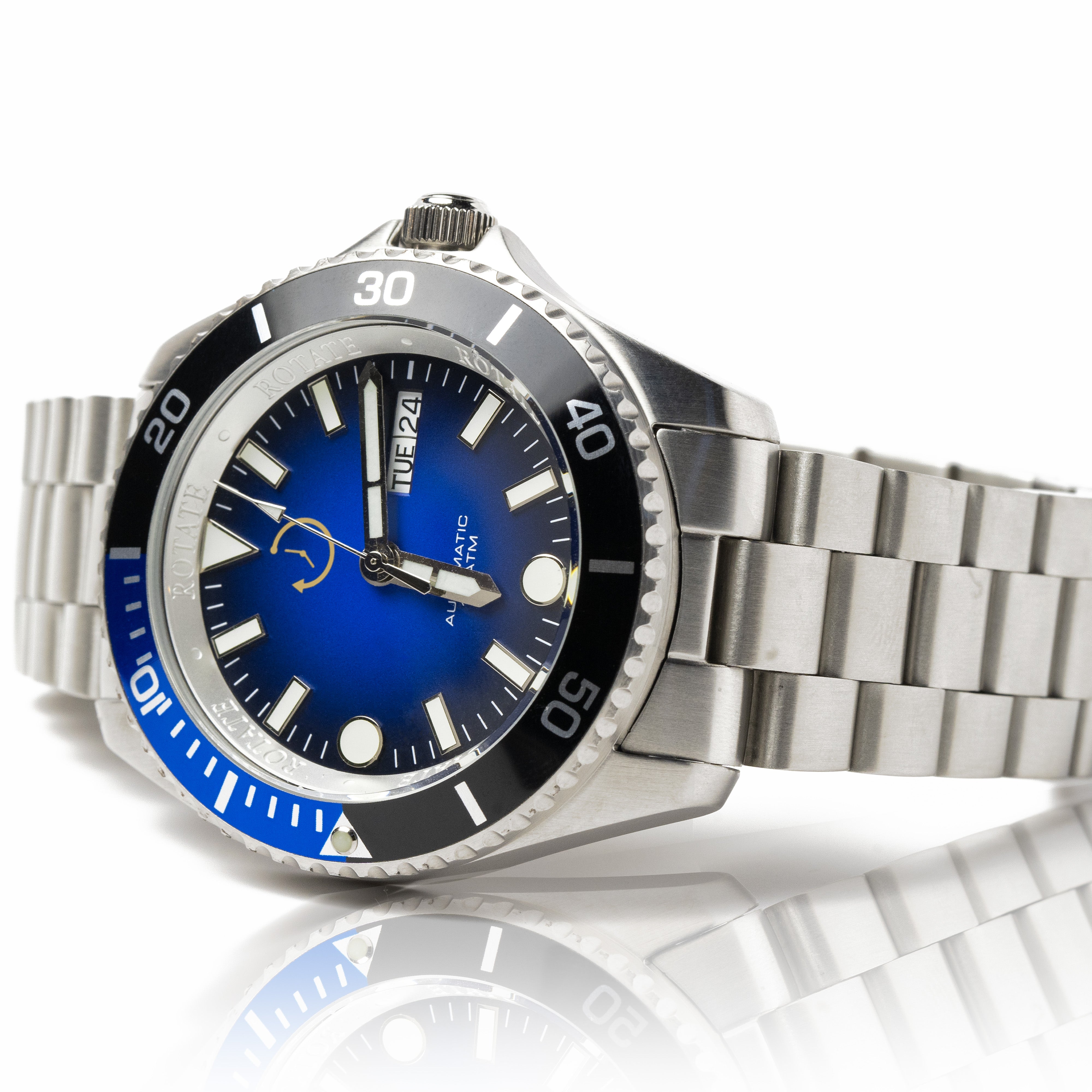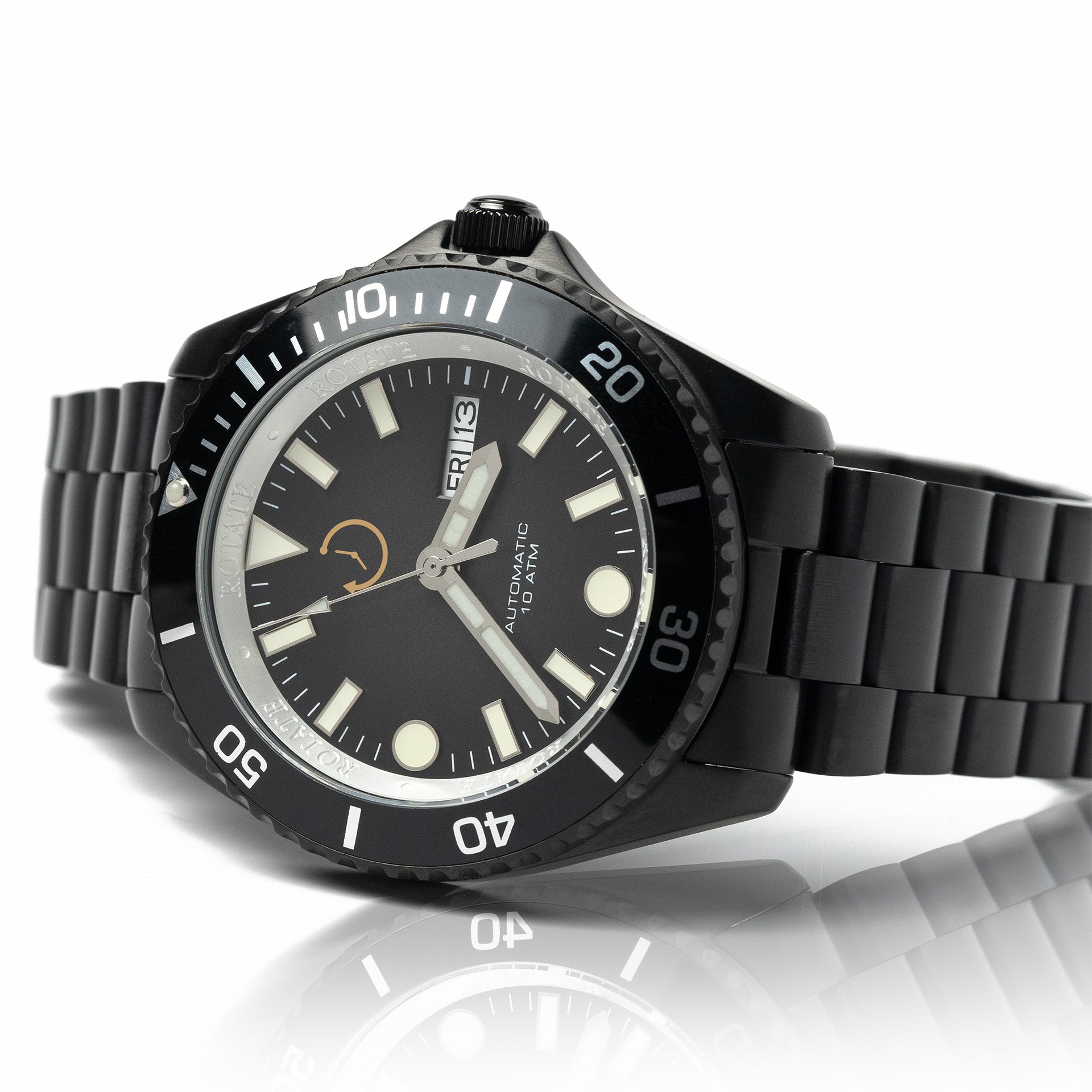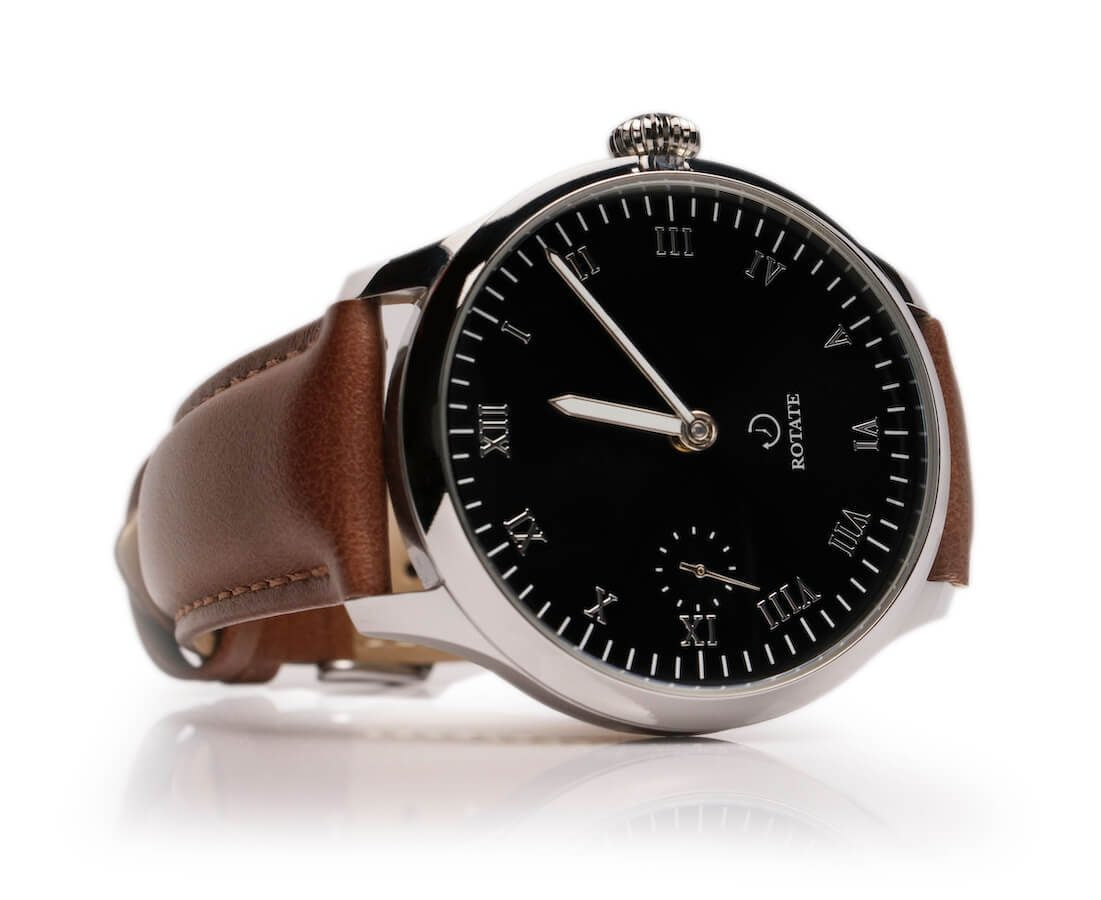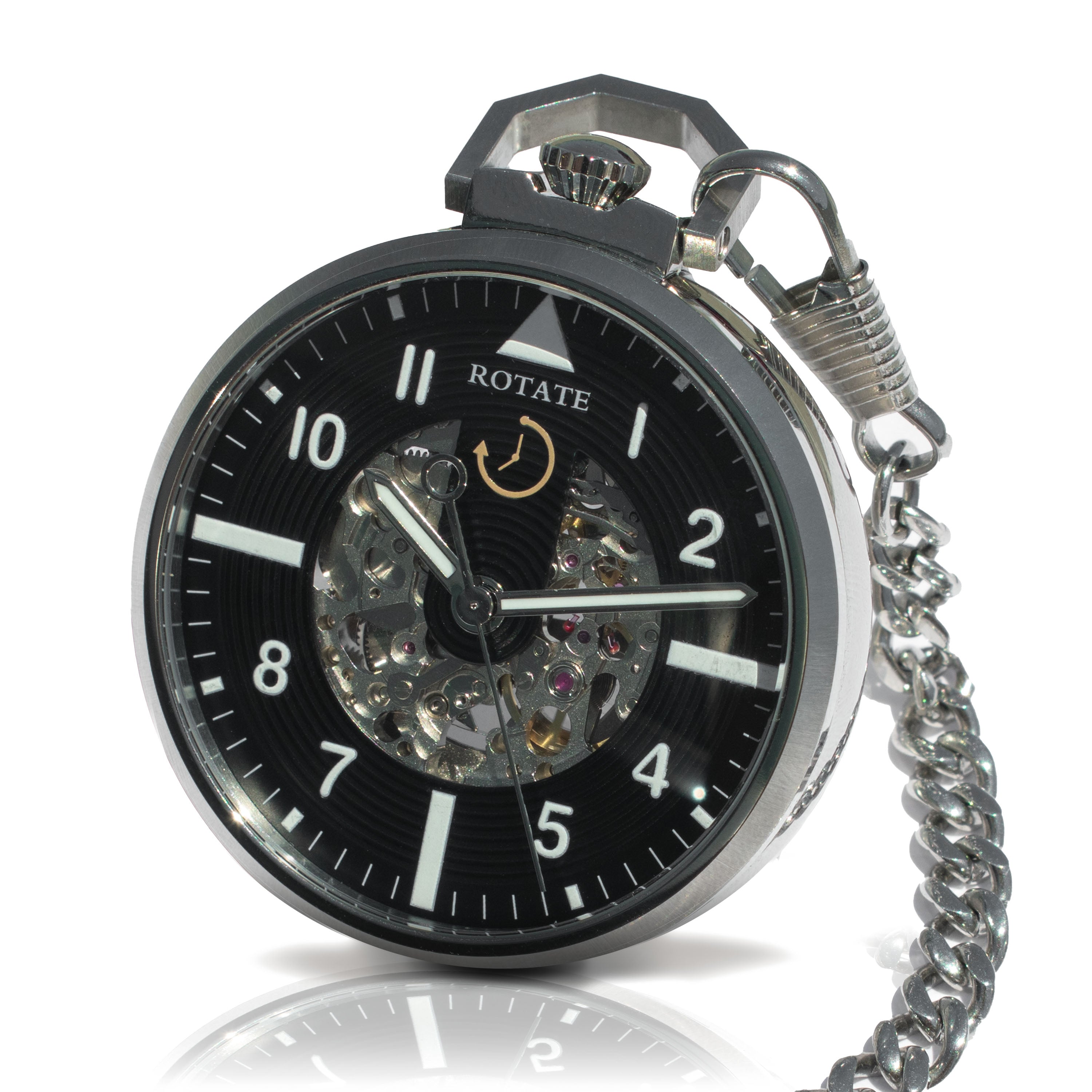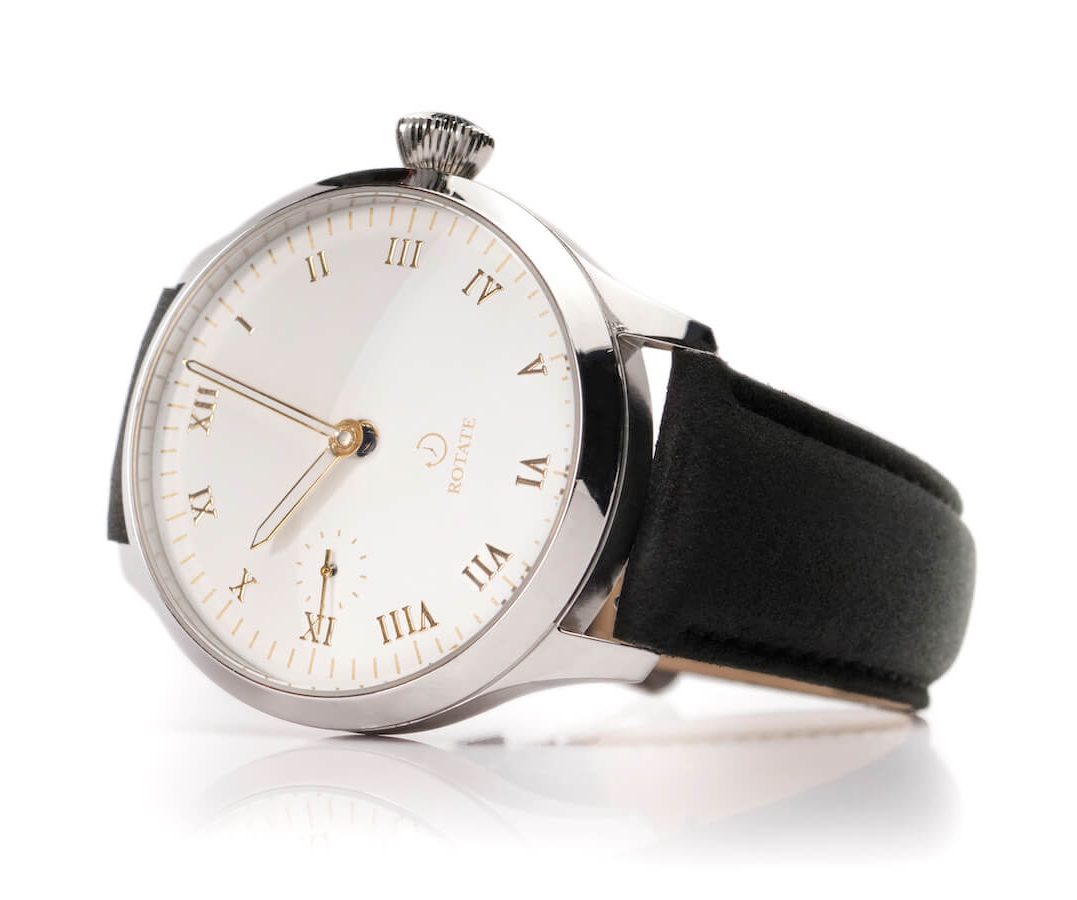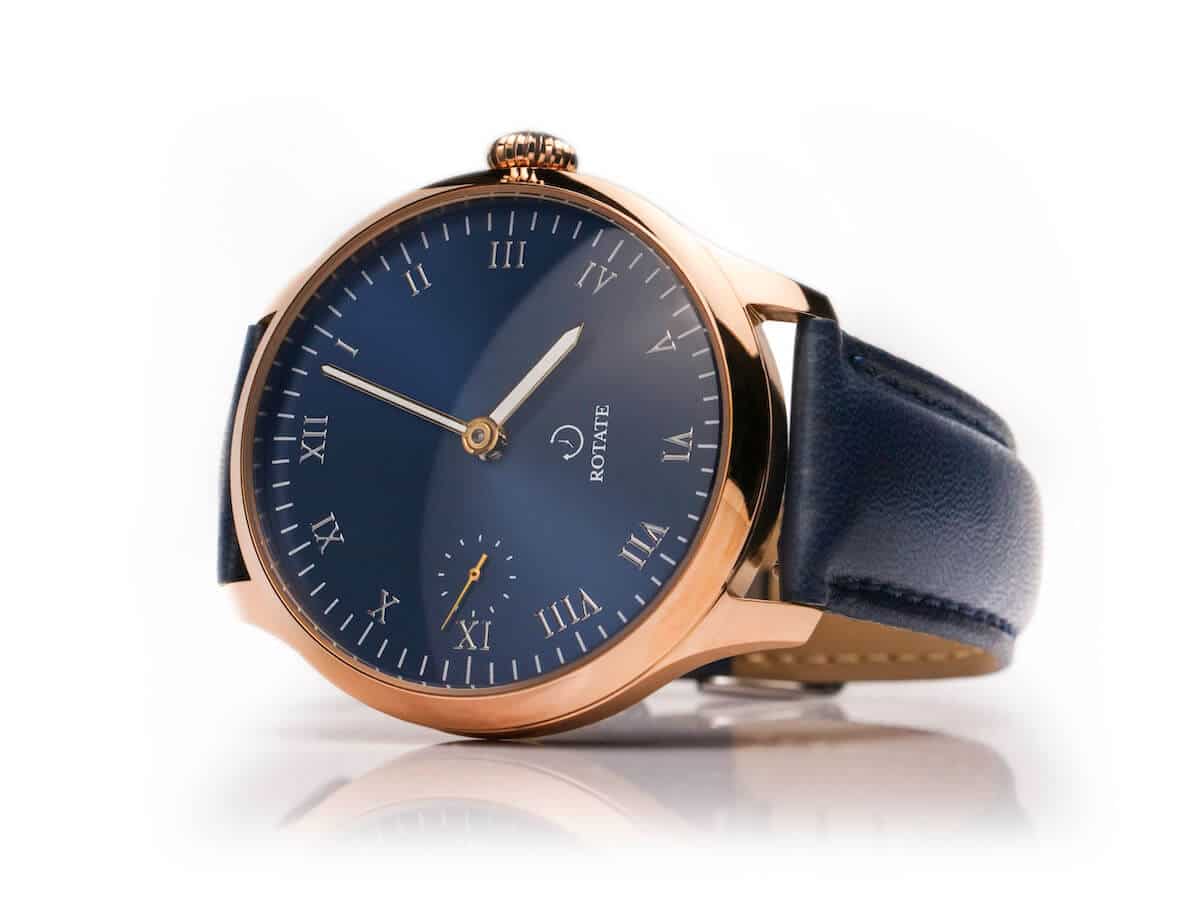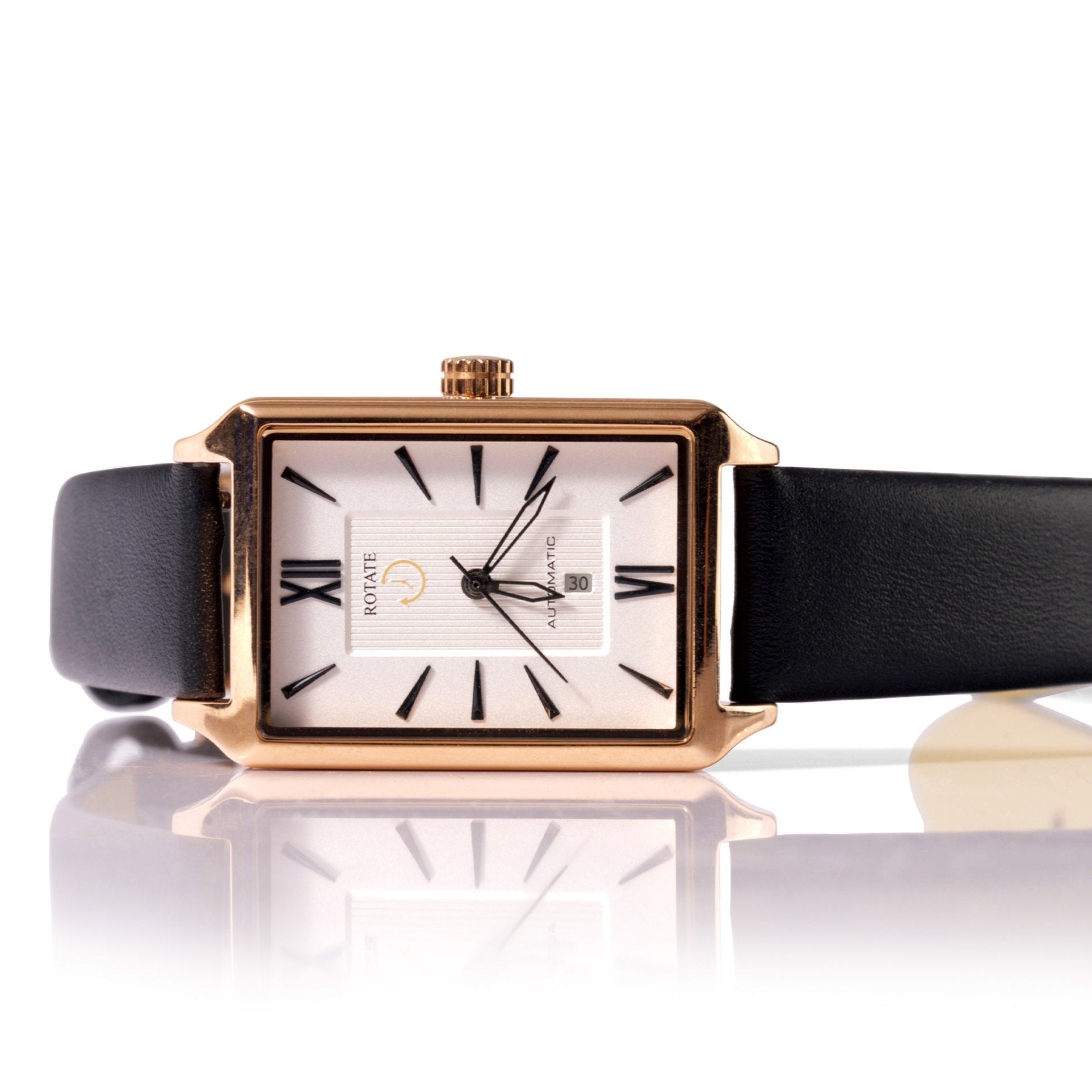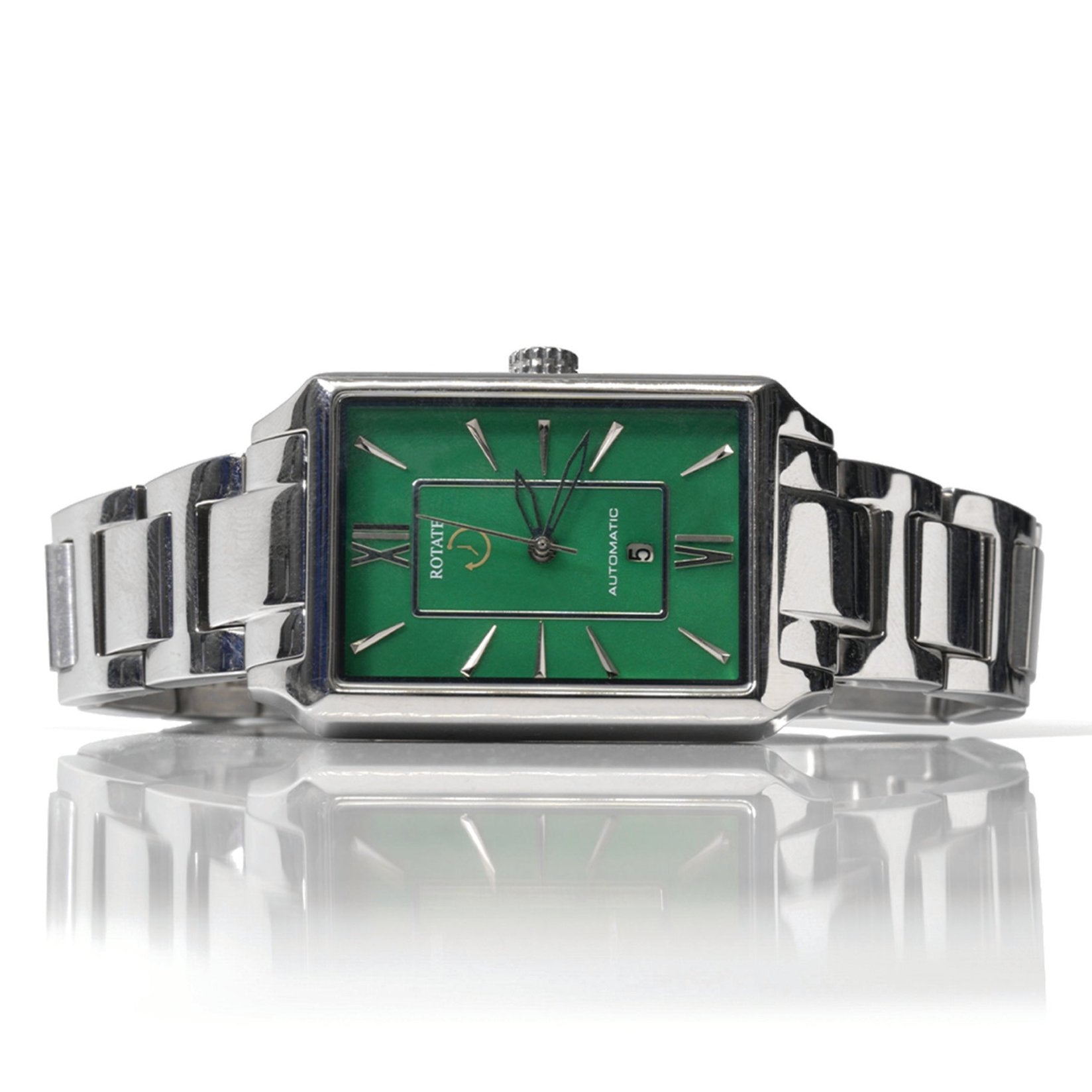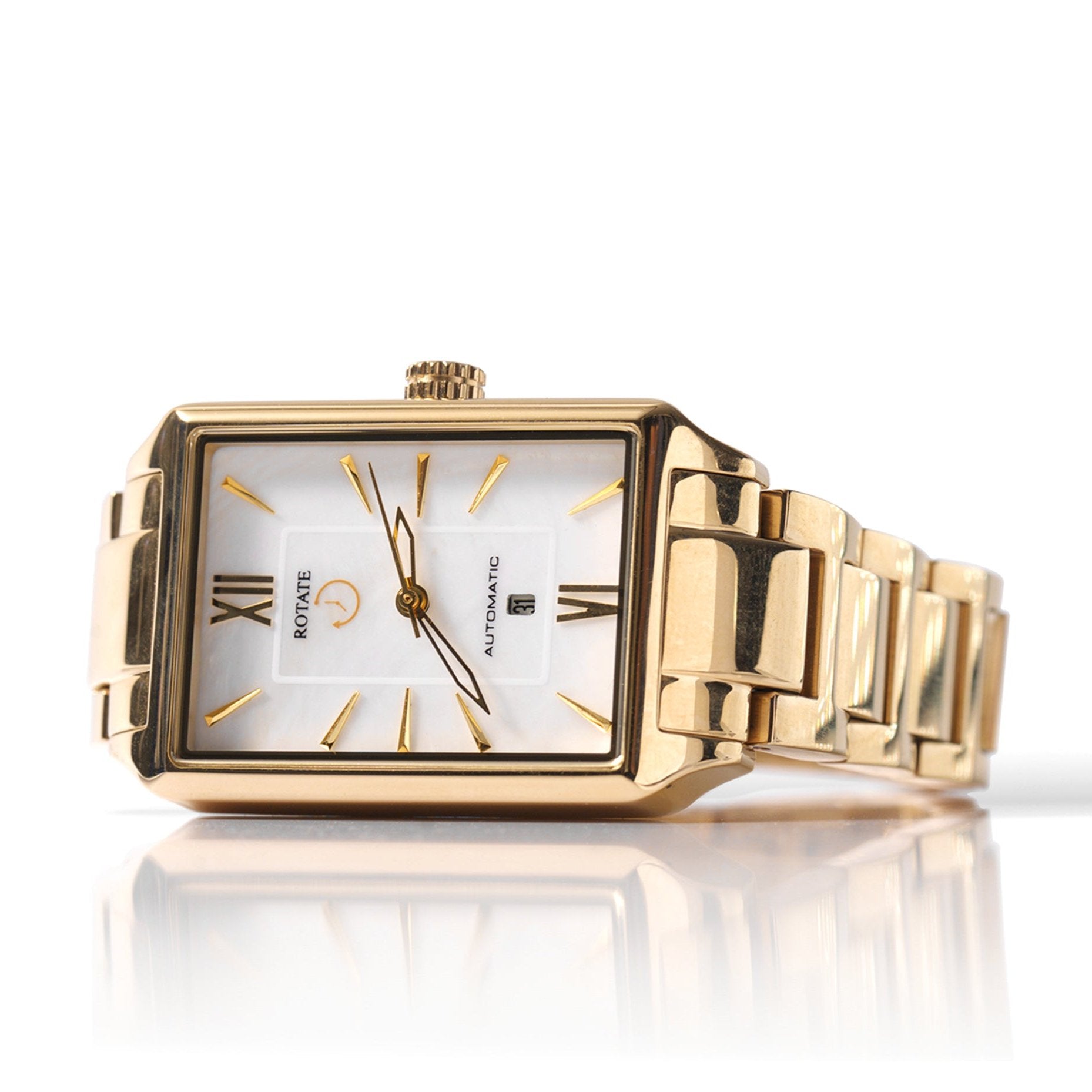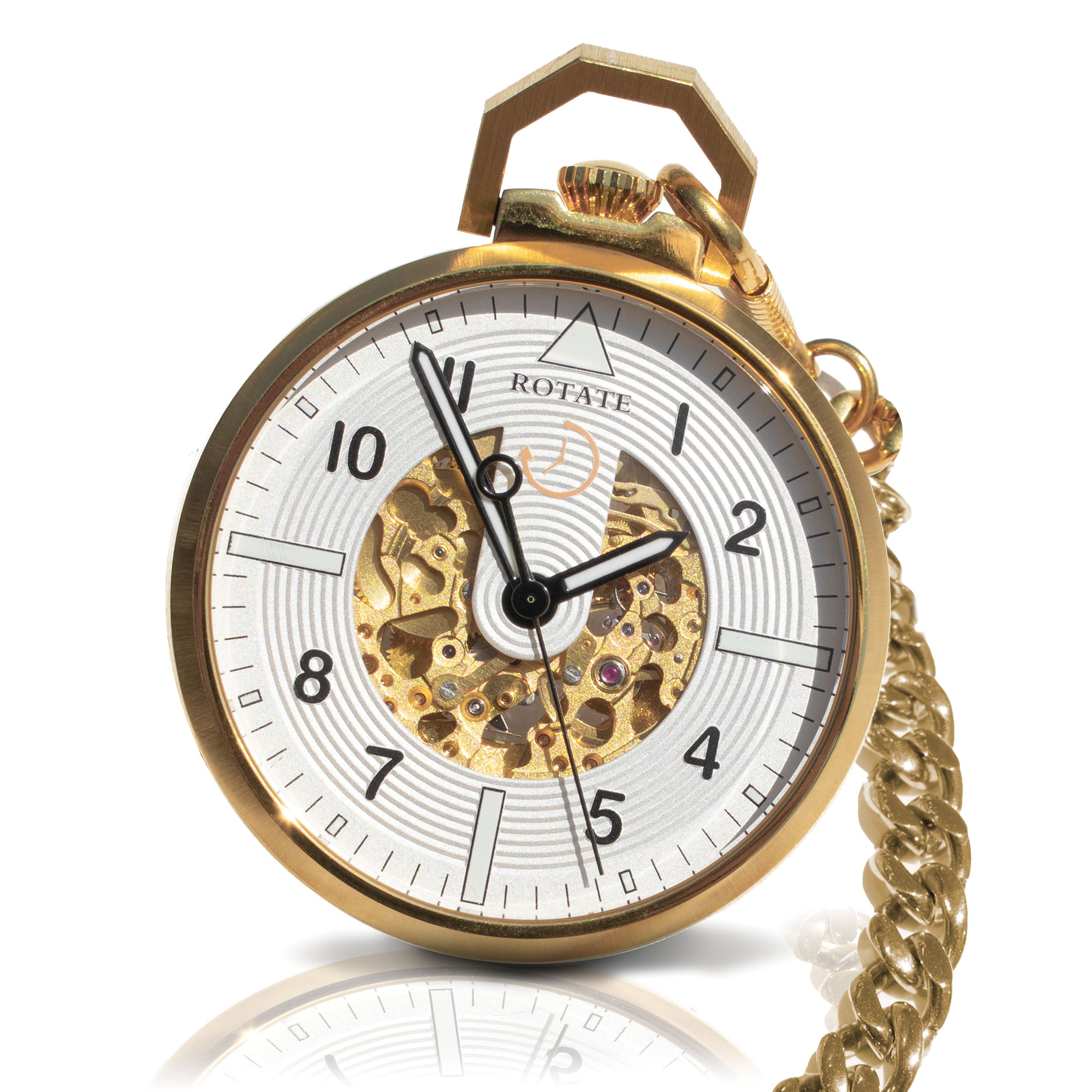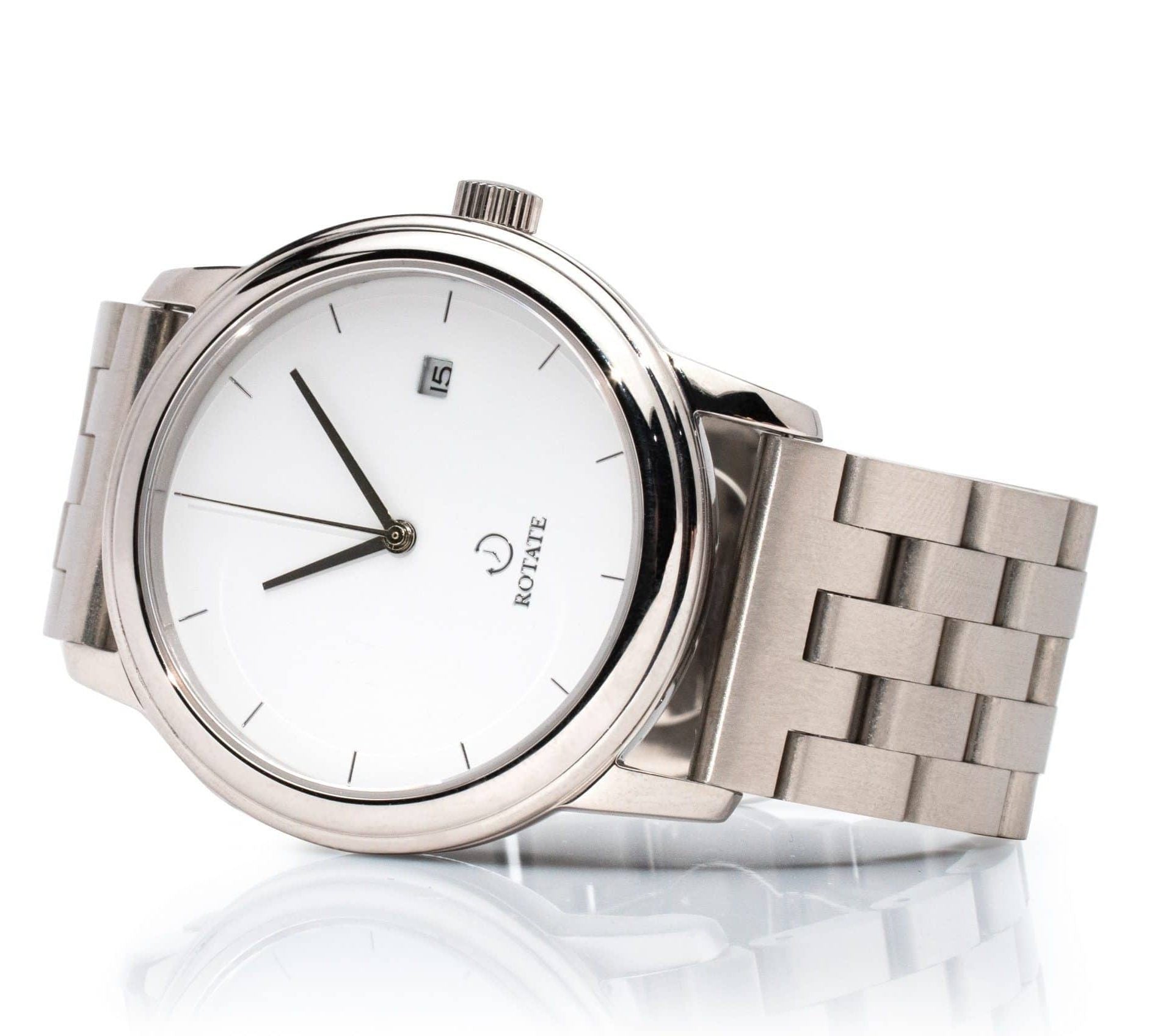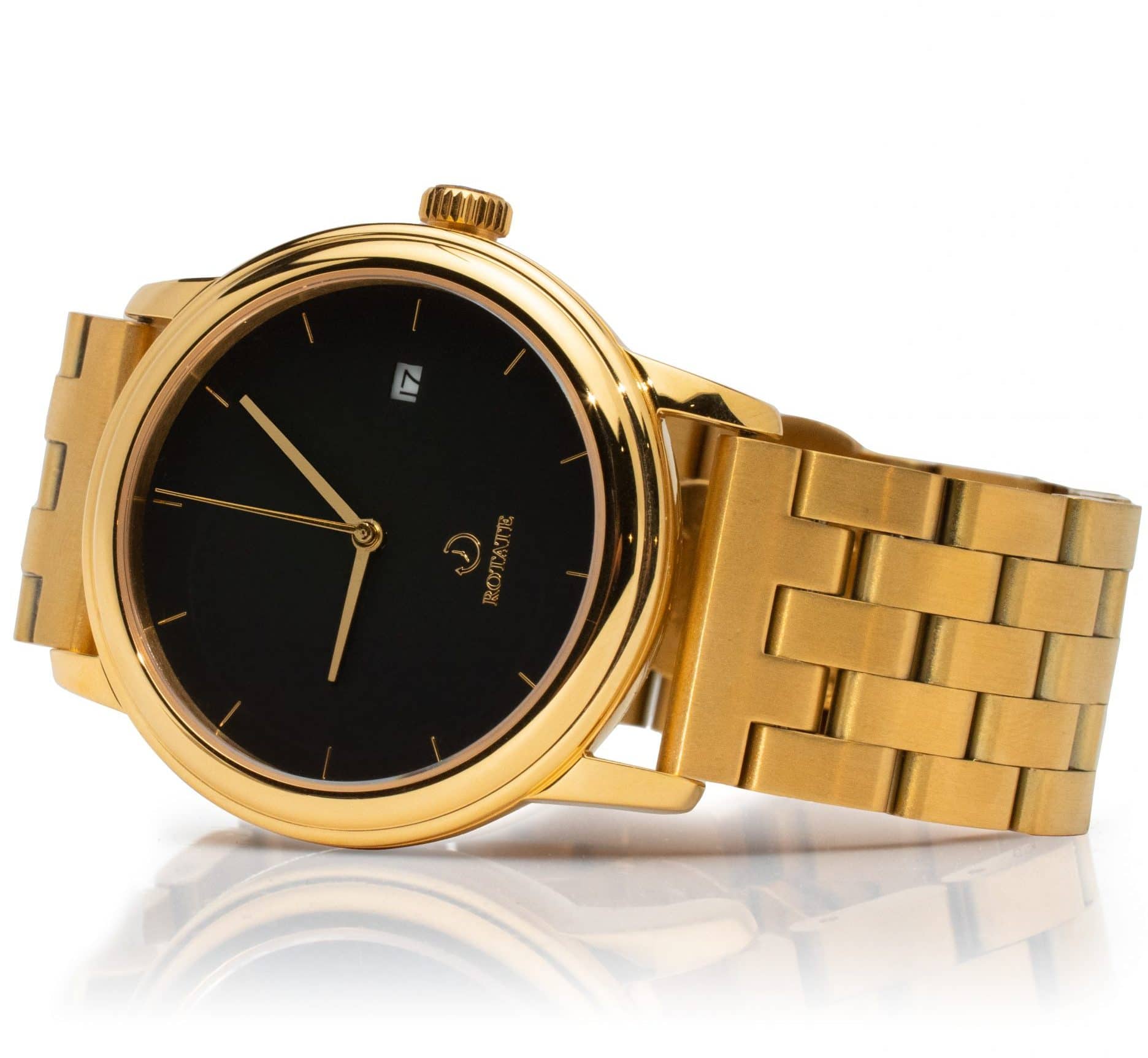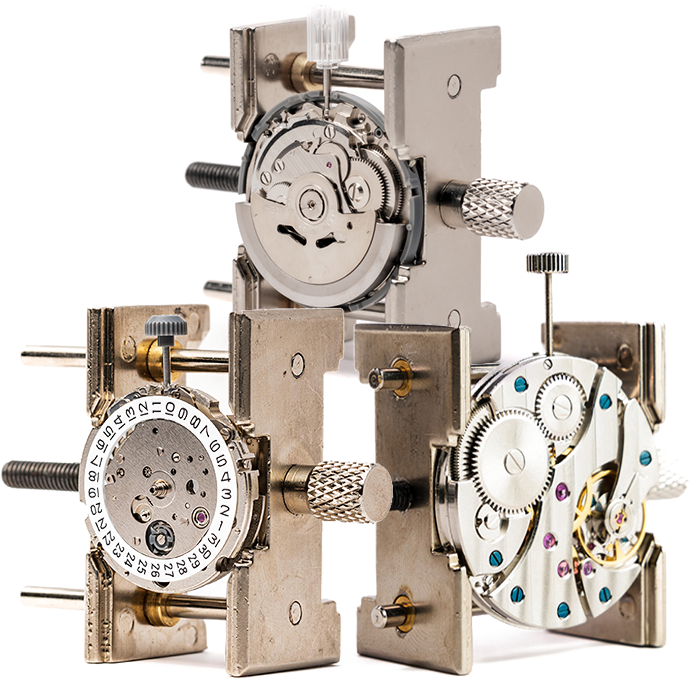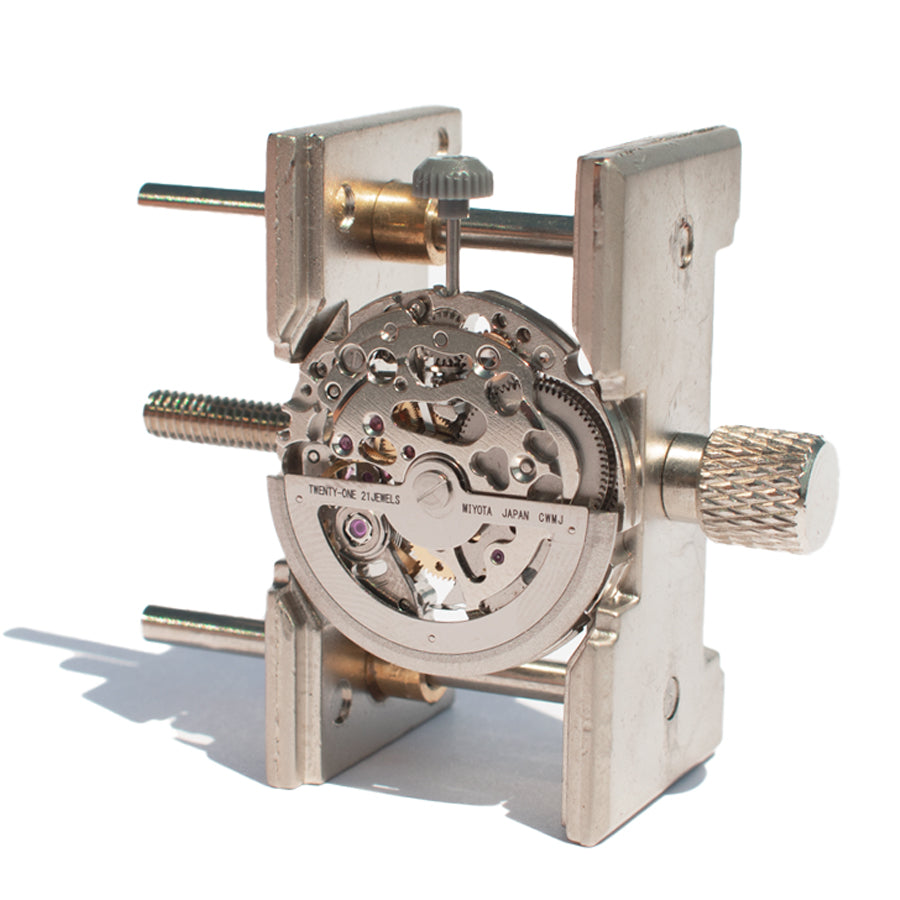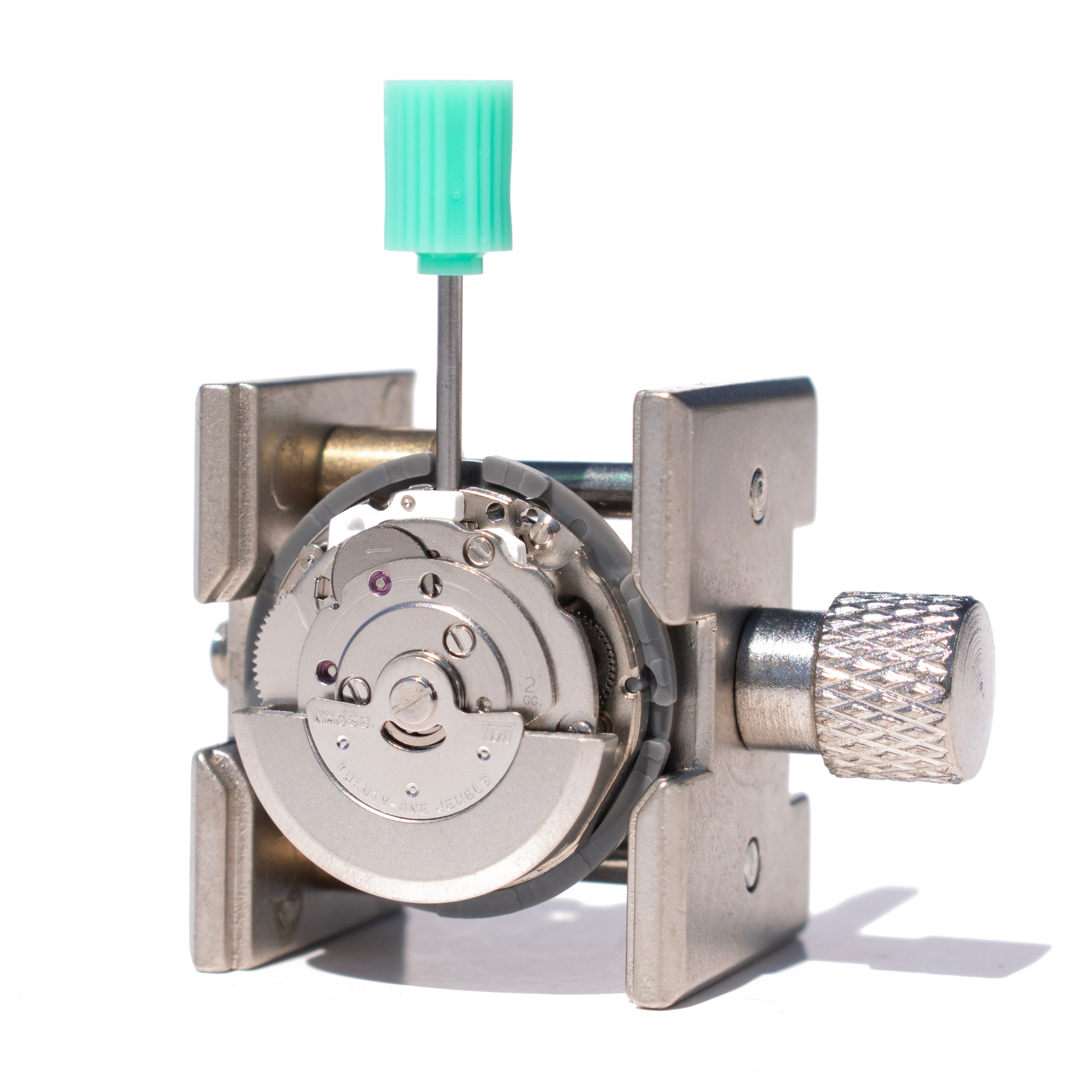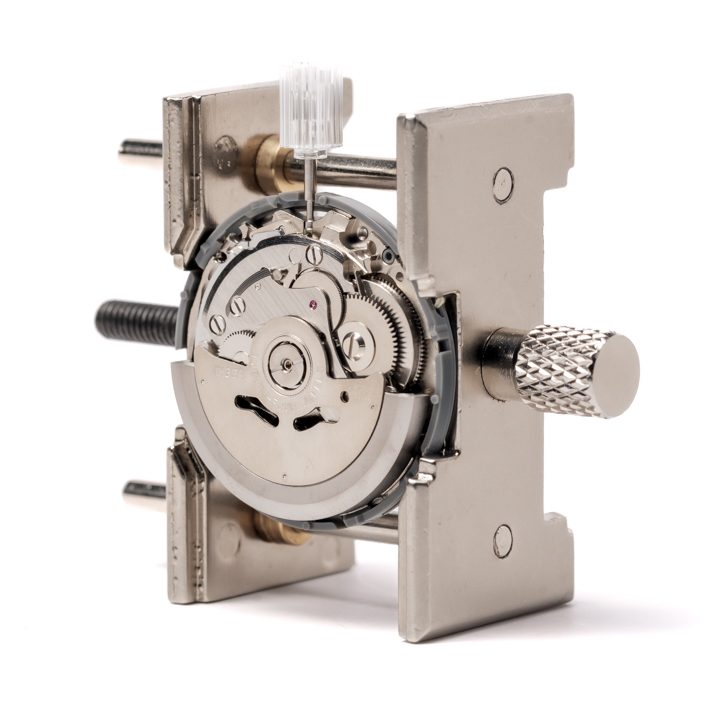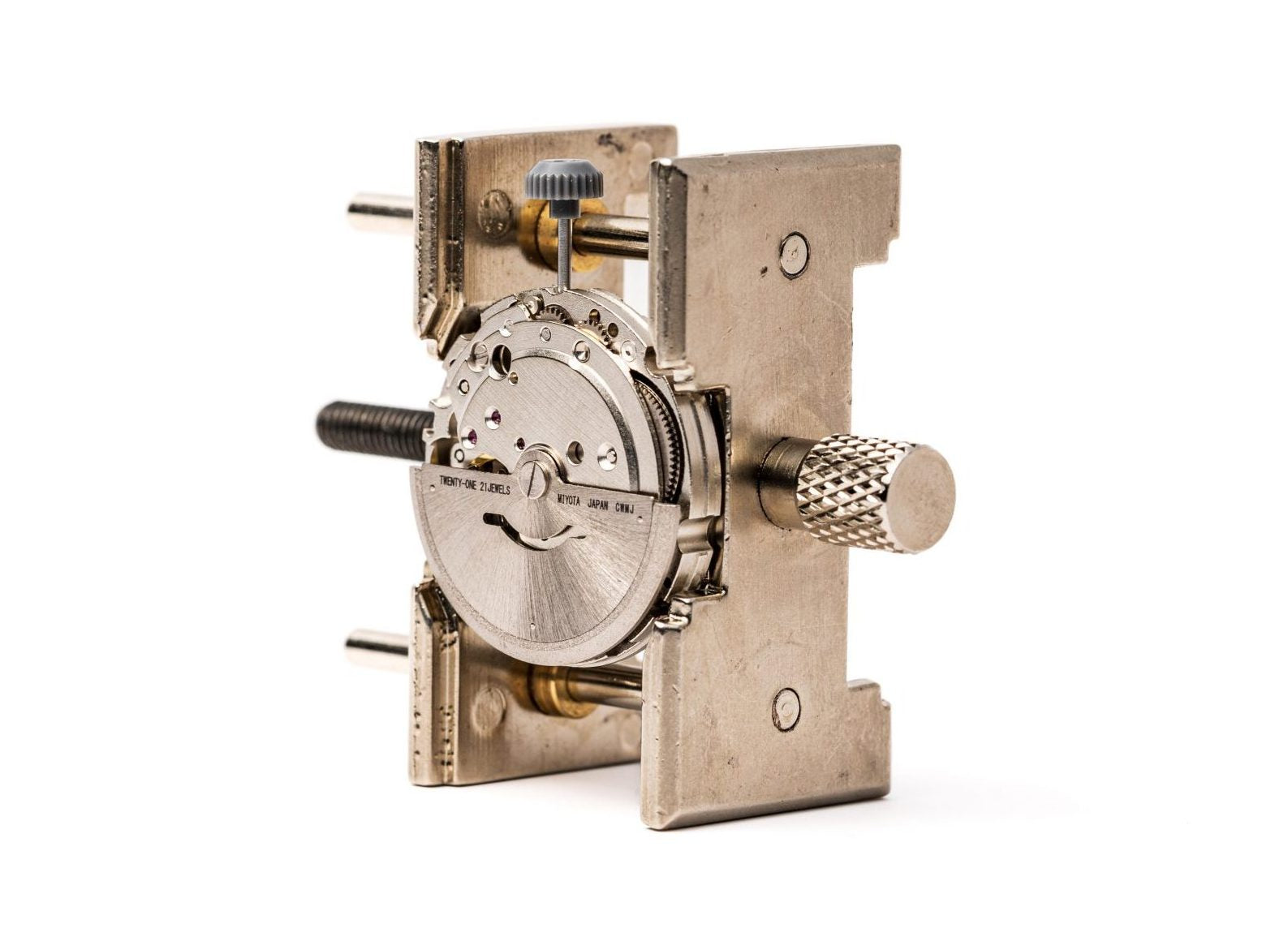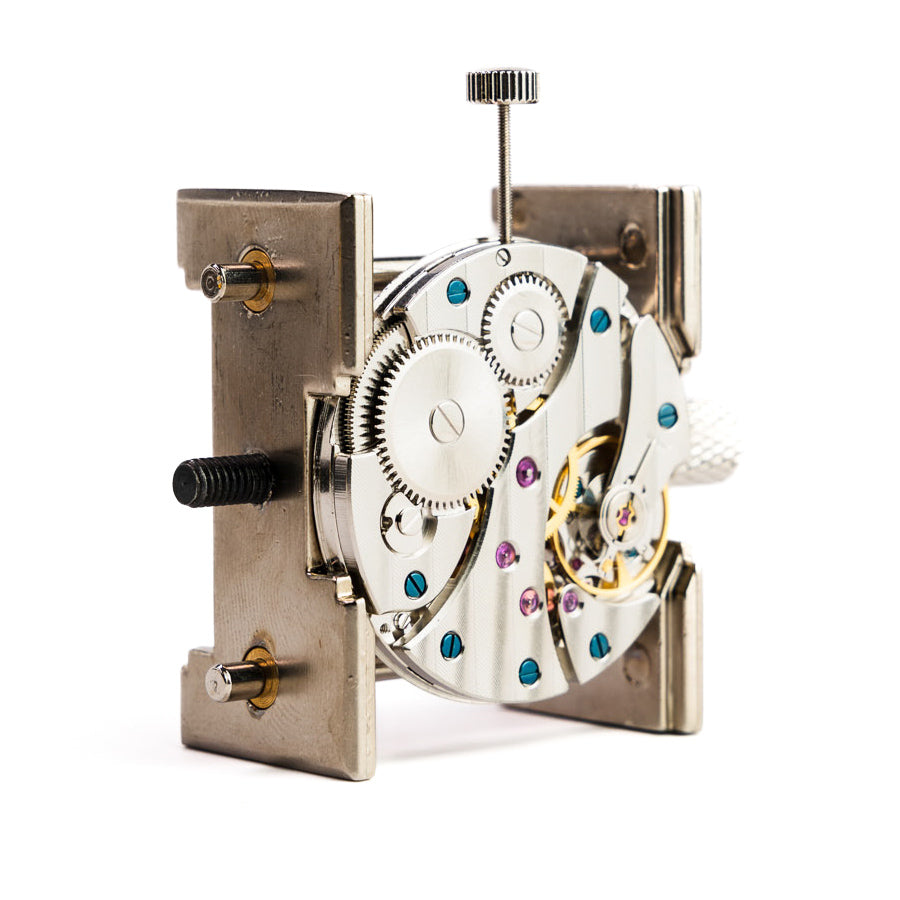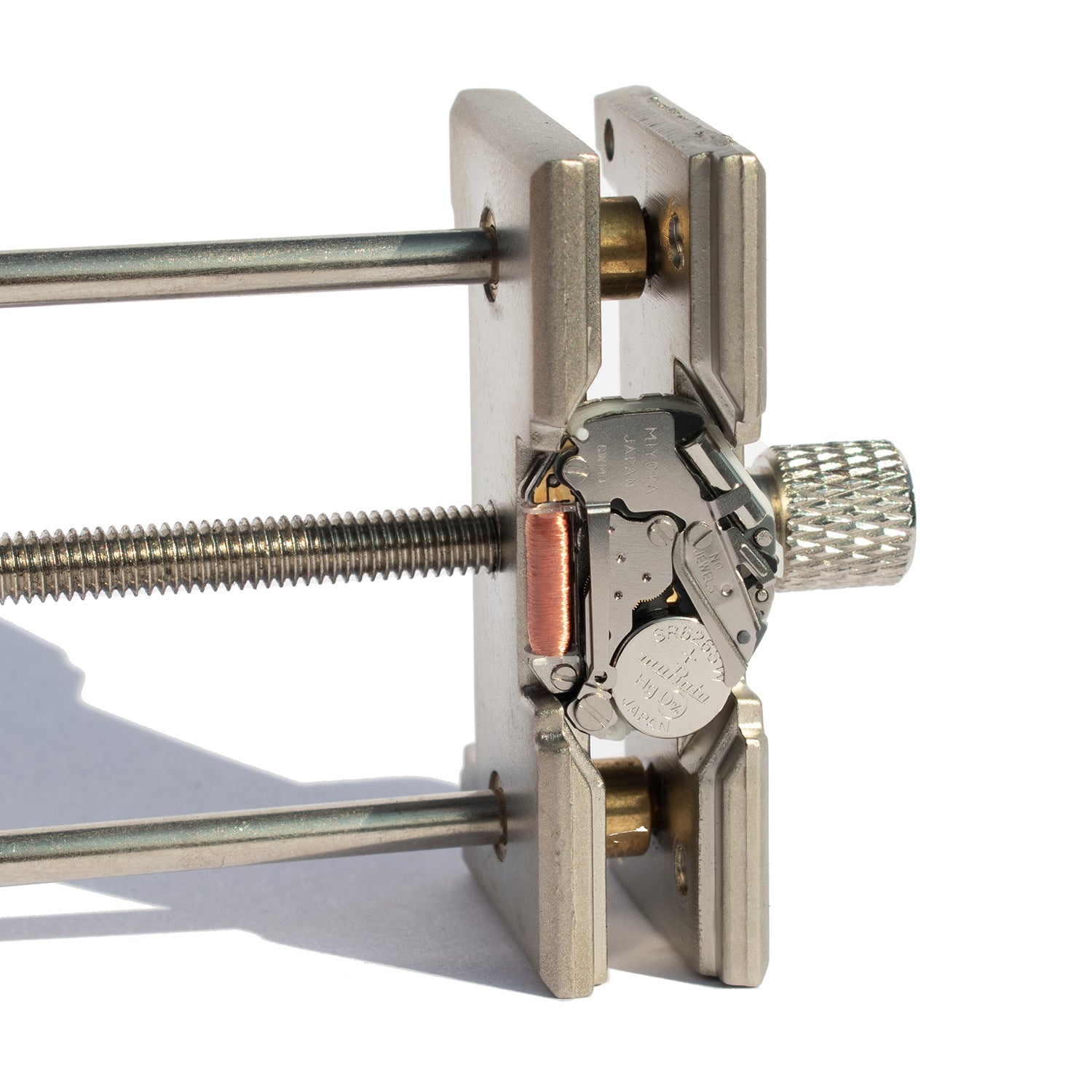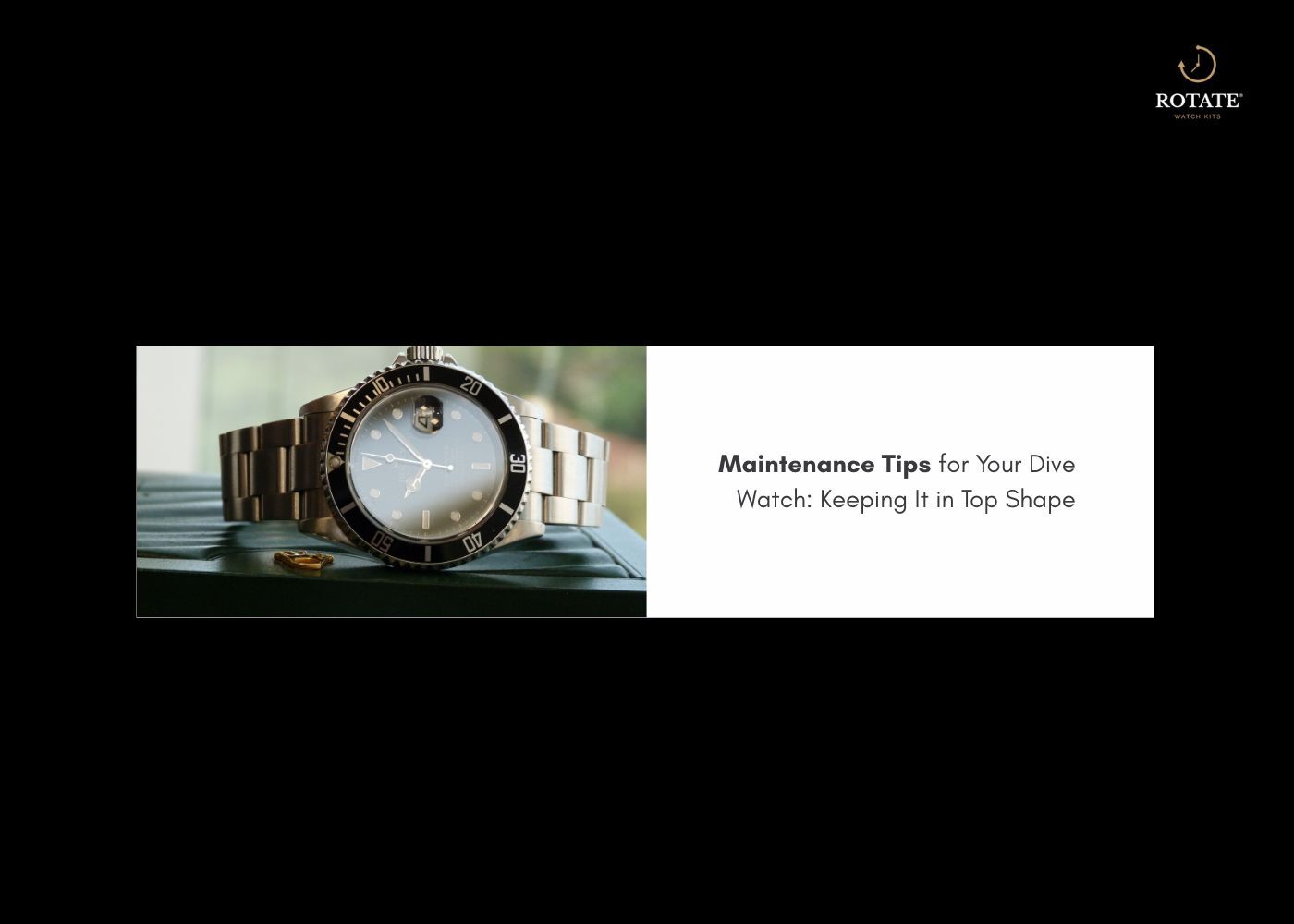
Why Your Automatic Watch Keeps Stopping: Troubleshooting Common Issues
Key Takeaways
- Automatic watches stop when the rotor lacks sufficient motion to wind the mainspring
- Most automatic watches need 8-12 hours of daily wrist wear to maintain power
- Power reserves typically last 38-50 hours after full winding
- Manual winding jumpstarts a stopped automatic watch before wearing
- Regular movement and proper storage prevent most stopping issues
What Does It Mean When Your Automatic Watch Keeps Stopping?
When your automatic watch keeps stopping, the movement isn't receiving enough energy to maintain continuous operation. Unlike quartz watches that run on batteries, automatic watches rely on mechanical energy generated through wrist motion or manual winding.
A stopped watch indicates the mainspring has fully unwound. The power reserve has depleted completely, causing the balance wheel to cease oscillating and the hands to freeze in place.
How Automatic Watches Work and Why They Need Motion
Automatic watches contain a weighted rotor that spins freely as you move your wrist. This rotation winds the mainspring, storing mechanical energy that powers the movement.
The mainspring slowly releases this energy through an intricate gear train, regulating timekeeping through the escapement mechanism. Without regular motion, the mainspring unwinds completely within the watch's power reserve window.
Understanding automatic movement mechanics helps diagnose why your timepiece stops. The anatomy of a watch reveals how each component contributes to continuous operation.
Common Reasons Your Automatic Watch Keeps Stopping
1. Not Enough Wrist Movement or Daily Wear
Automatic watches require consistent motion throughout the day. Desk work, minimal arm movement, or wearing the watch on your non-dominant hand may not generate sufficient winding.
Most movements need 8-12 hours of normal daily activity to maintain full power. Sedentary lifestyles often result in automatic watches stopping overnight due to inadequate winding during the day.
2. Power Reserve Is Depleted
Every automatic watch has a specific power reserve capacity, typically ranging from 38 to 50 hours. Popular movements like the Seiko NH36 offer 41+ hours of runtime when fully wound.
If you remove your watch for extended periods, the power reserve naturally depletes. Once exhausted, the watch stops until rewound manually or through wrist motion.
Learn more about how long automatic watches last to understand power reserve expectations.
3. Watch Needs Winding or Manual Start
Many automatic watches feature hand-winding capabilities through the crown. After prolonged storage or when the watch stops, manual winding jumpstarts the movement before wearing.
Without this initial wind, the rotor may lack sufficient momentum to begin automatic winding. Turn the crown clockwise 30-40 times to fully wind the mainspring.
Our guide on mechanical watch basics covers proper winding techniques.
4. Dirt, Dust, or Internal Lubrication Issues
Automatic movement precision depends on clean, properly lubricated components. Over time, oils degrade and dust accumulates inside the case, increasing friction and reducing efficiency.
Contaminated movements require more energy to operate, depleting power reserves faster. Regular wear in harsh environments accelerates this deterioration.
5. Mechanical Faults or Component Wear
Internal damage from drops, impacts, or manufacturing defects can prevent proper operation. Broken gear teeth, damaged pivots, or worn jewels all contribute to automatic watches stopping unexpectedly.
Age also affects reliability. Older movements may need component replacement or complete overhauls to restore functionality.
Why Your Automatic Watch Stops Overnight
Automatic watches stopping overnight signals insufficient power reserve from the previous day's wear. If the watch wasn't worn long enough or movement was minimal, the mainspring didn't receive adequate winding.
Most movements need full winding to survive overnight storage. A partially wound watch with 20 hours of remaining power will stop before morning if removed at night.
Temperature fluctuations also affect timekeeping. Cold environments can slow the balance wheel, causing premature stopping in watches with marginal power reserves.
How to Troubleshoot an Automatic Watch That Keeps Stopping
Step 1: Check Power Reserve and Wind the Watch
Start by manually winding the crown 30-40 full rotations. Place the watch in a safe location and observe whether it continues running for at least 24 hours.
If the watch maintains time after manual winding, the issue likely stems from insufficient daily motion rather than mechanical failure.
Step 2: Verify Consistent Daily Wear or Use a Watch Winder
Wear your automatic watch for at least 10-12 hours daily with normal arm movement. Activities like typing, walking, and general motion provide adequate winding.
For watches worn infrequently, consider using an automatic watch winder to maintain power reserves between wears. Quality winders rotate watches at optimal speeds matching specific movement requirements.
Step 3: Look for Signs of Mechanical Problems
Listen for unusual sounds like grinding or clicking when shaking the watch gently. Examine the seconds hand for jerky motion or backward movement, which indicates escapement issues.
Check the crown operation. Smooth resistance during winding suggests proper function, while grinding or slipping indicates internal damage.
Understanding how accurate automatic watches should perform helps identify abnormal behavior.
How to Prevent Your Automatic Watch from Stopping
1. Establish consistent wearing habits. Keep your automatic watch on your wrist during all daytime activities to ensure adequate winding.
2. When not wearing the watch, manually wind it before storage. This maintains the mainspring tension and prevents the movement from stopping during short breaks.
3. Store watches in moderate temperatures away from extreme heat or cold. Temperature fluctuations affect lubricant viscosity and movement efficiency.
4. Rotate multiple watches using a quality watch winder for collections. This keeps all timepieces ready to wear while preventing power reserve depletion.
5. Regular movement inspection helps catch developing issues early. Learning about Seiko movement accuracy provides benchmarks for normal performance.
Final Thoughts on Keeping Your Automatic Watch Running Smoothly
Understanding why automatic watches keep stopping empowers you to maintain these mechanical marvels properly. Most issues resolve through consistent wear, proper winding habits, and appropriate storage.
For enthusiasts wanting deeper mechanical knowledge, building your own timepiece offers unmatched insight. Hands-on experience reveals exactly how each component functions and why proper maintenance matters.
Time isn't just measured, it's built with your own hands.
Start your watchmaking journey with Rotate Watches, where complete DIY kits transform curiosity into craftsmanship. Browse our collection to find your perfect match, from complete watch kits to intricate movement kits.
Buy the Alden Automatic Watch here.
Your watchmaking story begins with a single screw. Start building today.
FAQ
Q1. Why does my automatic watch keep stopping even after winding?
Insufficient daily wrist motion, depleted power reserves, or internal mechanical issues cause automatic watches to stop repeatedly. Ensure 10-12 hours of daily wear with normal arm movement, or use a watch winder for intermittent wear.
Q2. How long should an automatic watch run without wearing it?
Most automatic watches run 38-50 hours on full power reserve without wearing. The Seiko NH36 movement offers 41+ hours, while premium movements can exceed 70 hours of continuous operation.
Q3. Can I overwind my automatic watch?
No, automatic watches include slip mechanisms preventing overwinding damage. Manual winding typically requires 30-40 crown rotations for full power, with the mechanism disengaging automatically when the mainspring reaches maximum tension.
Q4. Should I wind my automatic watch every day?
Daily winding isn't necessary if you wear the watch regularly. However, manual winding before wearing ensures consistent timekeeping and prevents the movement from stopping during periods of low activity.
Q5. What does it mean if my automatic watch stops and starts randomly?
Random stopping and starting indicates insufficient power reserve from inadequate daily motion, or potential mechanical issues requiring inspection. Consistent wear or using a watch winder typically resolves power-related problems.
Q6. How do I know if my automatic watch needs servicing?
Frequent stopping despite adequate winding, unusual sounds, erratic timekeeping, or difficulty winding the crown all signal the need for maintenance. Most automatic watches benefit from inspection every 3-5 years for optimal performance.
{ "@context": "https://schema.org", "@type": "FAQPage", "mainEntity": [ { "@type": "Question", "name": "Why does my automatic watch keep stopping even after winding?", "acceptedAnswer": { "@type": "Answer", "text": "Insufficient daily wrist motion, depleted power reserves, or internal mechanical issues cause automatic watches to stop repeatedly. Ensure 10-12 hours of daily wear with normal arm movement, or use a watch winder for intermittent wear." } }, { "@type": "Question", "name": "How long should an automatic watch run without wearing it?", "acceptedAnswer": { "@type": "Answer", "text": "Most automatic watches run 38-50 hours on full power reserve without wearing. The Seiko NH36 movement offers 41+ hours, while premium movements can exceed 70 hours of continuous operation." } }, { "@type": "Question", "name": "Can I overwind my automatic watch?", "acceptedAnswer": { "@type": "Answer", "text": "No, automatic watches include slip mechanisms preventing overwinding damage. Manual winding typically requires 30-40 crown rotations for full power, with the mechanism disengaging automatically when the mainspring reaches maximum tension." } }, { "@type": "Question", "name": "Should I wind my automatic watch every day?", "acceptedAnswer": { "@type": "Answer", "text": "Daily winding isn't necessary if you wear the watch regularly. However, manual winding before wearing ensures consistent timekeeping and prevents the movement from stopping during periods of low activity." } }, { "@type": "Question", "name": "What does it mean if my automatic watch stops and starts randomly?", "acceptedAnswer": { "@type": "Answer", "text": "Random stopping and starting indicates insufficient power reserve from inadequate daily motion, or potential mechanical issues requiring inspection. Consistent wear or using a watch winder typically resolves power-related problems." } }, { "@type": "Question", "name": "How do I know if my automatic watch needs servicing?", "acceptedAnswer": { "@type": "Answer", "text": "Frequent stopping despite adequate winding, unusual sounds, erratic timekeeping, or difficulty winding the crown all signal the need for maintenance. Most automatic watches benefit from inspection every 3-5 years for optimal performance." } } ] }


